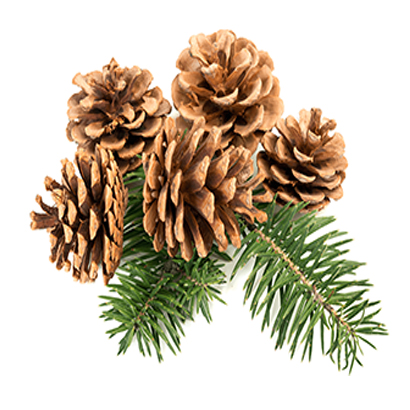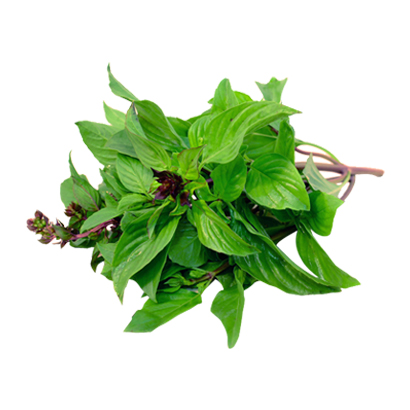Product Details
Botanical Name: Pinus sylvestris
Country of Origin: Vietnam
Extraction Method: Steam Distillation
Plant Part use: Pine Resin
Aromatic Scent: Characteristic sweet woody odor..
Plant description
Turpentine Oil is obtained from a specific species of Pine which is popularly known as Scots Pine. The name Scots Pine must have been derived due to its presence in Scotland and all across Europe. This species of Pine would only grow above 1200 meters altitude or height above the sea level. This evergreen tree would grow up to 25 meters in height and can have a life span of up to 300 years. The needle shaped leaves of this tree are about 5 cm long and 2mm broad. The seeds of Pine tree make a formation of cone while they can be individually 3 to 5 mm long. These seed cones open up after 2 years of their pollination.
Turpentine, the resinous exudate or extract obtained from coniferous trees, particularly those of the genus Pinus. Turpentines are semifluid substances consisting of resins dissolved in a volatile oil; this mixture is separable by various distillation techniques into a volatile portion called oil (or spirit) ofturpentine and a nonvolatile portion called rosin. Although the term turpentine originally referred to the whole oleoresinous exudate, it now commonly refers to its volatile turpentine fraction only, which has various uses in industry and the visual arts.
Turpentine Oil (Pine Oil) Properties:
Appearance: Clear, Mobile Liquid
Color index: white
Specific gravity at 15℃: 0.860~0.870
Refractive index at 20℃: 1.467
Alpha pinene content: 45 – 55 %
Beta pinene content: 3-4 percent
Acid value: 0,695 – 0,7095 MG KOH/G
Tupentine Oil Use:
Oil of turpentine is a colourless, oily, odorous, flammable, water-immiscible liquid with a hot, disagreeable taste. It is a good solvent for sulphur, phosphorus, resins, waxes, oils, and natural rubber. It hardens upon exposure to air. Chemically, oil of turpentine is a mixture of cyclic monoterpene hydrocarbons, the predominant constituent being pinene.
Formerly, the largest use for turpentine oil was as a paint and varnish solvent. Oil painters generally prefer it as a paint thinner and brush cleaner to petroleum solvents (mineral spirits), even though the latter are less expensive. But the largest use of turpentine oil is now in the chemical industry, as a raw material in the synthesis of resins, insecticides, oil additives, and synthetic pine oil andcamphor. Turpentine oil is also used as a rubber solvent in the manufacture of plastics.
Pine oil is generally produced in countries that have vast tracts of pine trees. The principal European turpentines are derived from the cluster pine (P. pinaster) and the Scotch pine (P. sylvestris), while the main sources of turpentine in the United States are the longleaf pine (P. palustris) and theslash pine (P. caribaea).
Turpentine oil is classified according to the way it is produced. Sulfate turpentine, used widely in the chemicals industry, is obtained as a by-product of the kraft, or sulfate, process of cooking wood pulp in the course of the manufacture of kraft paper. Wood turpentine is obtained by the steam distillation of dead, shredded bits of pine wood, while gum turpentine results from the distillation of the exudate of the living pine tree obtained by tapping. Crude turpentine obtained from the living pine by tapping typically contains 65 percent gum rosin and 18 percent gum turpentine.
Cautions:
Dilute before use; May cause skin irritation in some individuals; a skin test is recommended prior to use. It can also cause sensitivity on some people; excessive use of it may lead to headaches and nausea. Contact with eyes should be avoided.
Storage:
It is recommended that oils packaged in metal containers (for safe shipping) be transferred into dark glass containers to maintain freshness and attain maximum shelf life.


















